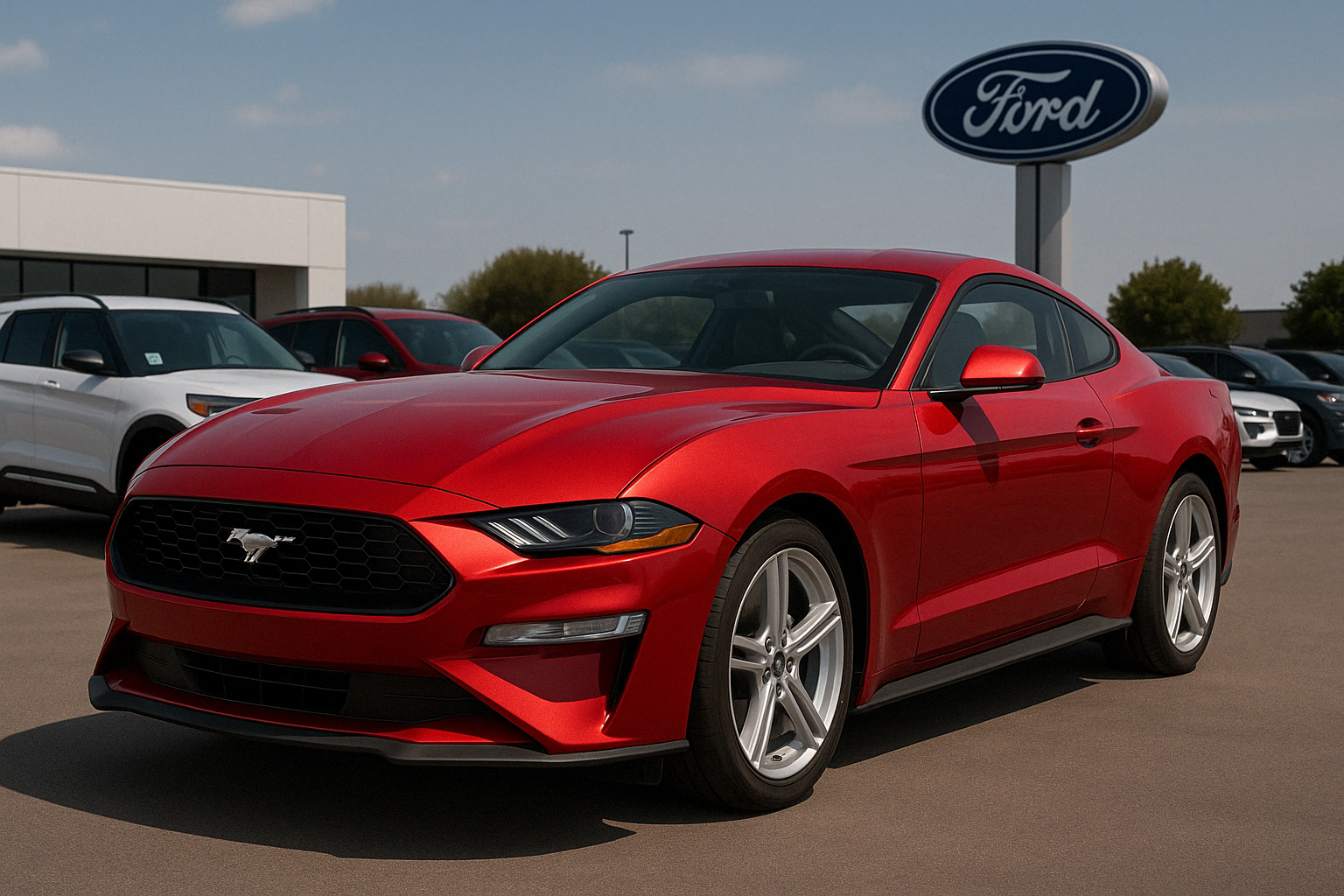One of the most perplexing statements I make to the students in my marketing classes is, “You can’t buy a Ford.” Their first thought is, “What’s he talking about… sure you can.” To which I reply, “No, you can’t.” Go to any Ford dealership and ask to buy a Ford. Ask enough times, and the salesperson’s bewildered looks will prove that it’s impossible. And if you continue, they might even throw you off the lot for being crazy.
You Can’t Buy a Ford!
You can’t buy a Ford, … but YOU CAN BUY an F-150 Pickup, Mustang, or Escape. Ford is the publicly traded company behind the factories that manufacture the F-150 pickup, the Mustang, and the Escape. Ford is the entity that backs the warranty, employs designers, engineers, and UAW line staff, and is the substance behind the “F” ticker symbol on the New York Stock Exchange (NYSE). You can’t buy a “Ford,” but you can buy one of the products it manufactures. And consumers purchase these products by the millions.
A Big Mistake
The big mistake I see businesses make is trying to promote the company’s brand at the expense of promoting the brands of their products. It should be apparent to everyone that the way Ford markets an F150 is very different than how they market their Escape or Mustang. The messaging, promotion, and positioning of each vehicle, by necessity, must be different. And the surprising part? In theory, all three vehicles could be parked on the same driveway, owned by the same individual, but purchased for very different reasons.
Understanding the above, here’s how advertising copy might look for the Ford Mustang:
Experience the thrill of the Ford Mustang—a true icon of performance and style. With its unmistakable design, exhilarating power, and advanced technology, the Mustang is built for those who crave excitement and individuality. Discover endless ways to make it your own and feel the rush every time you hit the road.
Behind every Mustang is the legacy of Ford. For over a century, Ford has delivered quality, innovation, and reliability you can trust. With a commitment to sustainability and a nationwide network of support, Ford ensures your Mustang experience is as seamless as it is unforgettable.
Here’s what you must do: Brand at the product level first, AND THEN at the company level.
An Ecommerce Example
Let’s bring this idea into the world of ecommerce. Imagine you run an online store called “Infinite Sports.” You sell everything for the sports enthusiast. But if you spend all your marketing dollars telling people how great Infinite Sports is, you will primarily build some general awareness. However, when a customer is ready to purchase, they will always search for a specific product—e.g., a set of resistance bands, soccer jerseys, or a high-tech water bottle.
If your pages and ads only shout “Infinite Sports!” you won’t provide what your customers seek: why and how your resistance bands outperform the competition, or what makes your water bottle unique. The Infinite Sports name can help, but the specific product details, reviews, benefits, promotions, and a dozen other things will drive the sale.
Once again: Brand at the product level first, AND THEN at the company level.





